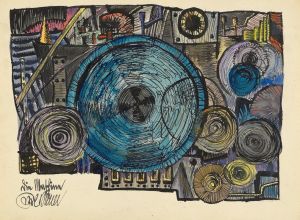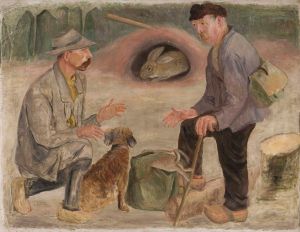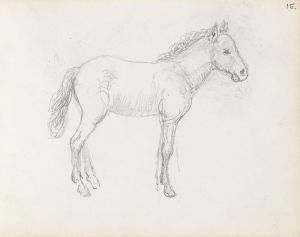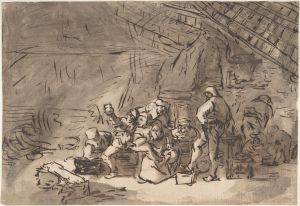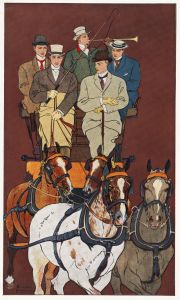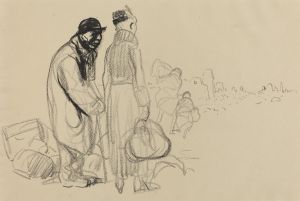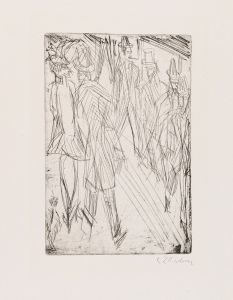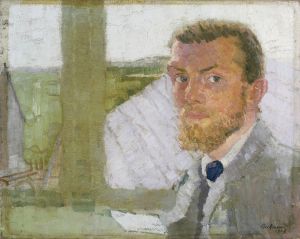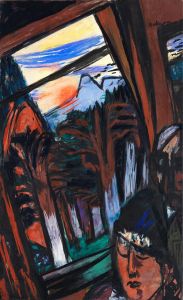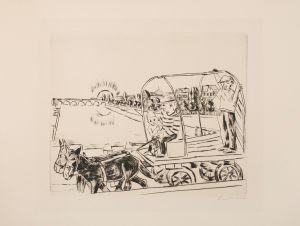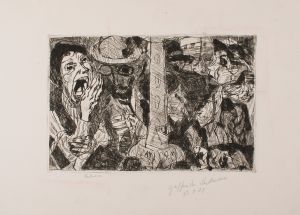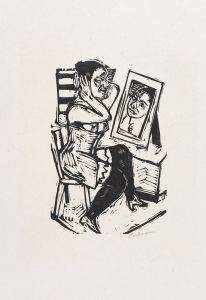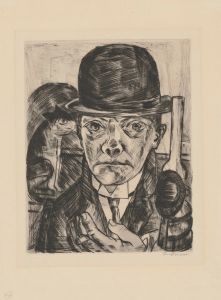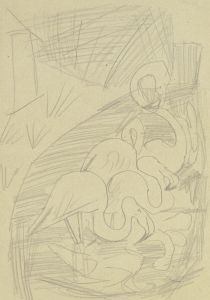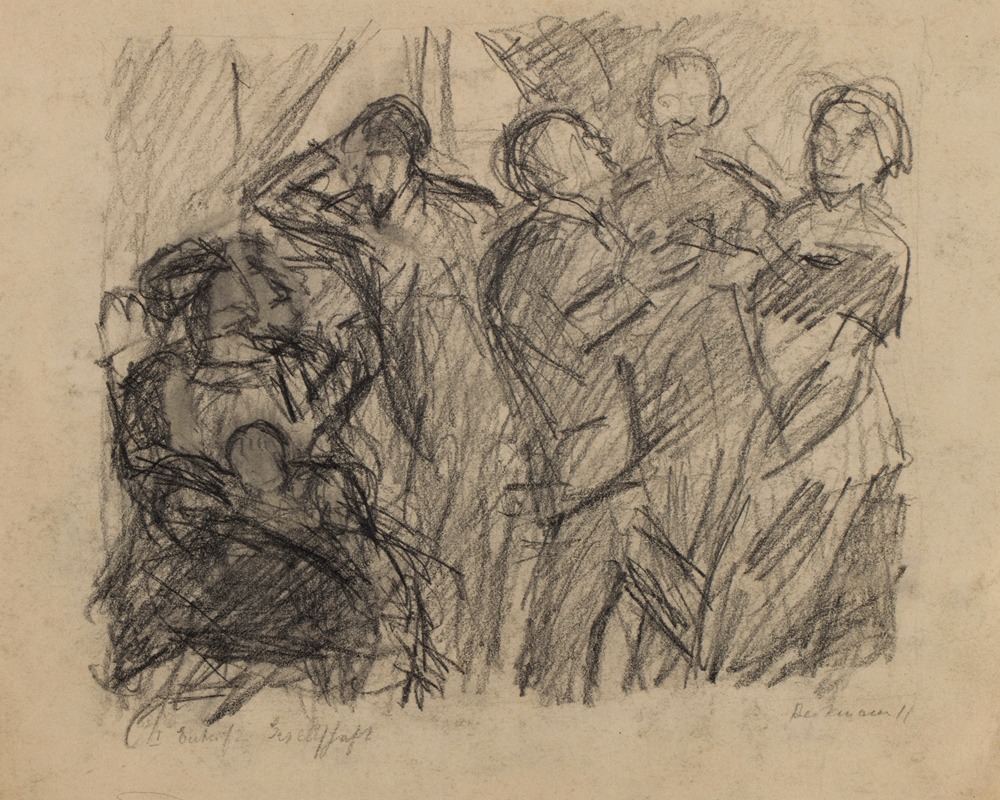
First Sketch for Society Party
A hand-painted replica of Max Beckmann’s masterpiece First Sketch for Society Party, meticulously crafted by professional artists to capture the true essence of the original. Each piece is created with museum-quality canvas and rare mineral pigments, carefully painted by experienced artists with delicate brushstrokes and rich, layered colors to perfectly recreate the texture of the original artwork. Unlike machine-printed reproductions, this hand-painted version brings the painting to life, infused with the artist’s emotions and skill in every stroke. Whether for personal collection or home decoration, it instantly elevates the artistic atmosphere of any space.
Max Beckmann's "First Sketch for Society Party" is an intriguing work that reflects the artist's unique style and the socio-political context of his time. Beckmann, a German painter and printmaker, is often associated with the New Objectivity movement, which emerged in the Weimar Republic during the 1920s as a reaction against expressionism. His works are known for their bold forms, complex compositions, and often, a critical view of society.
"First Sketch for Society Party" is a preparatory work that provides insight into Beckmann's creative process. While detailed information about this specific sketch is limited, it is likely part of Beckmann's broader exploration of social themes and human interactions, which are prevalent in his oeuvre. Beckmann often depicted scenes of urban life, social gatherings, and the complexities of human relationships, frequently imbuing them with a sense of tension and psychological depth.
The period during which Beckmann created his works was marked by significant social and political upheaval. The aftermath of World War I, the economic instability of the Weimar Republic, and the rise of fascism in Germany all influenced artists of the time. Beckmann's art often reflects the chaos and uncertainty of this era, capturing the existential angst and moral ambiguity that many experienced.
In his sketches and paintings, Beckmann employed a distinctive style characterized by strong lines, exaggerated forms, and a dramatic use of color and shadow. His compositions often feature crowded spaces and a sense of claustrophobia, which can be interpreted as a commentary on the societal pressures and constraints of the time. The figures in his works are frequently depicted with a sense of alienation or introspection, highlighting the psychological undercurrents of modern life.
Beckmann's approach to art was also influenced by his personal experiences. He served as a medical orderly during World War I, an experience that profoundly affected him and his view of humanity. The trauma and disillusionment he witnessed during the war are often reflected in the somber and sometimes unsettling nature of his work.
While "First Sketch for Society Party" specifically may not be as widely discussed as some of Beckmann's other works, it is representative of his thematic concerns and artistic style. Beckmann's legacy as an artist is significant, as he is considered one of the most important figures in 20th-century German art. His works continue to be studied and appreciated for their complex interplay of form, content, and emotion.
In summary, Max Beckmann's "First Sketch for Society Party" is a testament to his skill in capturing the intricacies of human society and the psychological landscape of his time. Through his art, Beckmann invites viewers to reflect on the nature of social interactions and the broader human condition, making his work both timeless and relevant.





